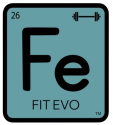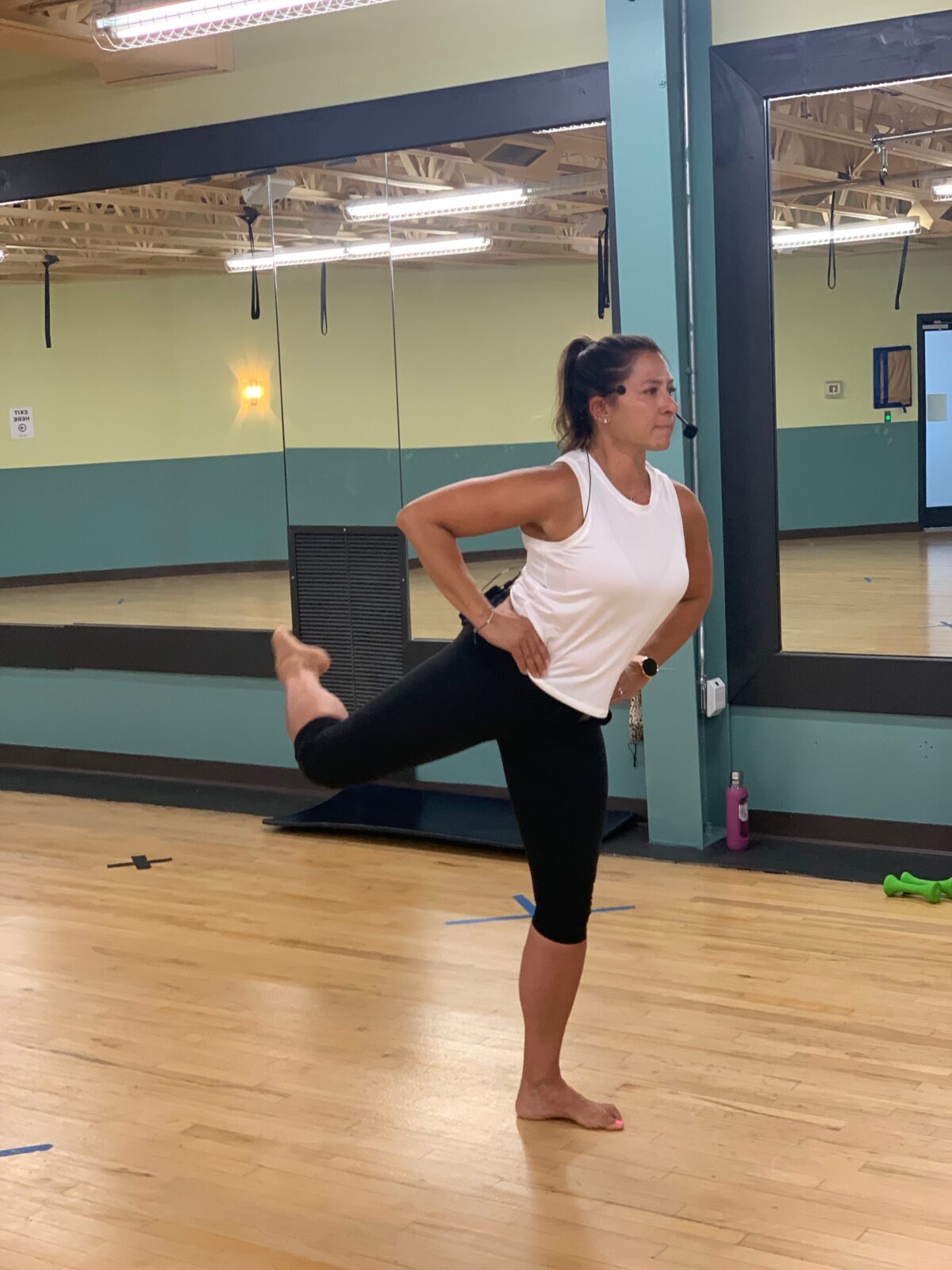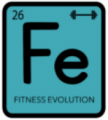Hey there, fitness enthusiasts! Are you ready to take your workout game to the next level with Pilates? Well, before you hit the mat and start sculpting those long, lean muscles, let’s talk about something very important: what to wear to Pilates class.
Choosing the right activewear for Pilates is essential because it not only ensures maximum comfort but also allows for freedom of movement during those challenging exercises. So whether you’re a seasoned pro or a newbie just starting out on your fitness journey, this guide will help you navigate through the world of Pilates fashion and find the perfect outfit that suits both your style and workout needs.
But first, let’s dive into some key things you should know about Pilates itself. Understanding its benefits and how often you should incorporate it into your routine will set the foundation for making informed decisions when selecting what to wear to Pilates class. So grab a cup of herbal tea (or protein shake if that’s more your style), sit back, and get ready to learn all about dressing for success in a Pilates class!
Things You Should Know
Pilates may seem like a trendy workout, but it’s been around for nearly a century! Developed by Joseph Pilates in the 1920s, this exercise method focuses on improving core strength, flexibility, and posture. It combines controlled movements with mindful breathing to create a full-body workout that not only strengthens your muscles but also enhances the mind-body connection.
What Pilates Does for Your Body
Pilates is not just your average workout. It’s a full-body exercise method that focuses on strengthening and toning muscles, improving flexibility, and enhancing overall body awareness. By incorporating controlled movements and breathing techniques, Pilates helps to increase core strength, improve posture, and promote better alignment.
One of the key benefits of Pilates is its ability to target deep muscles that are often neglected in other types of workouts. This means you’ll not only develop long, lean muscles but also improve stability and balance. Plus, Pilates can be adapted for all fitness levels, making it suitable for beginners as well as seasoned athletes looking to enhance their performance.
Pilates isn’t just about physical changes; it also has mental benefits. The focus required during each movement promotes mindfulness and helps reduce stress. So while you’re sculpting your body with Pilates exercises like the Hundred or the Roll Up, you’re also giving yourself some much-needed mental rejuvenation.
How Often to Do Pilates
Pilates is a great addition to any fitness routine, but how often should you do it? Well, the answer depends on your goals and schedule. If you’re new to Pilates or have a busy lifestyle, starting with one or two classes per week can be enough to see stamina results and build strength. As you become more comfortable and experienced, increasing your frequency to three or four times a week will provide greater benefits.
Consistency is key when it comes to Pilates. Regular practice helps improve flexibility, posture, and core strength over time. However, don’t feel like you need to push yourself too hard too soon. It’s important to listen to your body and give yourself rest days in between sessions for recovery.
Remember that everyone’s body is different, so finding a frequency that works best for you is essential. Whether it’s once a week or several times a week, the most important thing is finding a sustainable routine that fits into your life without causing burnout.
What to Wear to Pilates Class
When it comes to choosing what to wear to Pilates class, comfort and functionality should be your top priorities. You want clothes that allow you to move freely and comfortably without any restrictions.
First and foremost, opt for a fitted top that allows you to move freely without any distractions. Loose or baggy clothing can get in the way and hinder your movements during the workout.
Next, make sure to choose stretchy leggings that provide ample flexibility. Pilates involves a lot of stretching and bending, so you want leggings that will allow you to move with ease. Look for fabrics like spandex or nylon blends that offer both comfort and flexibility.
In addition, it’s important to select activewear made from breathable fabrics. Pilates workouts can be intense and cause you to sweat, so choose materials that wick away moisture and help keep you cool throughout the session.
Don’t forget about wearing a low-impact sports bra. Since Pilates exercises are generally low impact, there is no need for excessive support or padding in your sports bra. Opt for something comfortable yet supportive enough for your needs.
Investing in grippy socks is also recommended as they provide traction on the equipment used during class, such as reformers or pilates chairs – ensuring stability while performing various moves.
Remember: prioritizing comfort over style is key when choosing what to wear to Pilates class!
Experiment with Layers
Layering can be a game-changer in terms of comfort and flexibility since it allows you to remove or add clothing depending on how intense your workout becomes.
Start with a fitted top as your base layer, like a moisture-wicking tank or a snug-fitting long-sleeve shirt. This will help keep you cool and dry during your workout. Then, add a lightweight jacket or hoodie that you can easily take off if you start to get too warm. Layering allows you to adapt to changes in temperature and helps ensure that you stay comfortable throughout your Pilates session.
Do You Wear Shoes in Pilates?
When it comes to Pilates, footwear is a topic of debate. Some people prefer to wear shoes for added support and stability, while others believe that going barefoot allows for a better connection with the floor. So, do you wear shoes in Pilates? Well, it ultimately depends on your personal preference and the type of Pilates class you’re attending.
In traditional mat-based Pilates classes, most instructors recommend practicing without shoes. This is because being barefoot allows your feet to fully engage with the floor and helps improve balance and proprioception. It also allows you to work on strengthening your foot muscles and develop better alignment throughout your body. However, if you have any foot issues or require extra support due to injuries or medical conditions, wearing lightweight sneakers or grip socks may be more suitable for your bag packed with what to wear to Pilates class!
Pilates Accessories
When it comes to Pilates, there are a few essentials that you’ll need to have on hand for your class. First and foremost, a good quality mat is a must-have item. It provides the necessary cushioning and support for your body during the exercises. Look for one that is thick enough to protect your knees and joints but not too bulky, so it’s easy to carry.
Another important item to consider is a small towel or sweatband. Pilates can be an intense workout, and you’re bound to work up a sweat! Having something nearby to wipe away perspiration will help keep you comfortable throughout the session. Plus, it’s always nice to have something handy if you need it.
Invest in Grippy Socks
I know we’ve already discussed what to wear to Pilates class from head to toe, but you have to understand the importance of investing in grippy socks for your Pilates class. These special socks are designed with small rubberized dots on the soles to provide extra traction and stability during your workout. Trust me, you don’t want to be slipping and sliding all over the mat!
Grippy socks help prevent accidents and enhance your performance by allowing you to maintain proper form and alignment. They give you that extra grip needed for movements like planks, lunges, and balance exercises. Plus, they can make transitions between exercises smoother and more controlled.
Extra Hair Ties
We all know that our hair can get in the way during a workout and become quite bothersome. Having a few spare hair ties will come in handy if you need to secure your ponytail or bun more firmly.
Extra hair ties are practical and allow you to switch up your hairstyle during or after your Pilates session. Whether you prefer a high ponytail, low bun, or braids, having those additional hair ties ensures you can easily change your look without fuss. So toss a couple of extra hair ties into your gym bag and be prepared for any hairstyle emergency that may arise during your Pilates class!
Dress for the Pilates Environment and Temperature
When it comes to dressing for your Pilates class, you’ll want to consider the environment and temperature of the studio. Since most Pilates studios are kept at a comfortable room temperature, you won’t need to worry about overheating or getting too cold during your workout. However, it’s still important to check if your class has been moved outside to ensure you avoid heavy or thick fabrics that may cause you to feel hot and uncomfortable as you move through various exercises.
Start Your Pilates Journey at Fitness Evolution in Bellingham
So there you have all the tips and advice you need to choose what to wear to Pilates class! Remember, comfort and functionality should be your top priorities when selecting your outfit. By wearing fitted tops, stretchy leggings, breathable fabrics, low-impact sports bras, grippy socks, and experimenting with layers, you’ll be able to move freely and comfortably during your workout.
Now that you know what to wear to Pilates class, let Fitness Evolution in Bellingham be a part of your journey toward fitness. With their experienced instructors and welcoming atmosphere, they provide a range of classes suitable for beginners through advanced practitioners. Start your Pilates journey at Fitness Evolution today!


